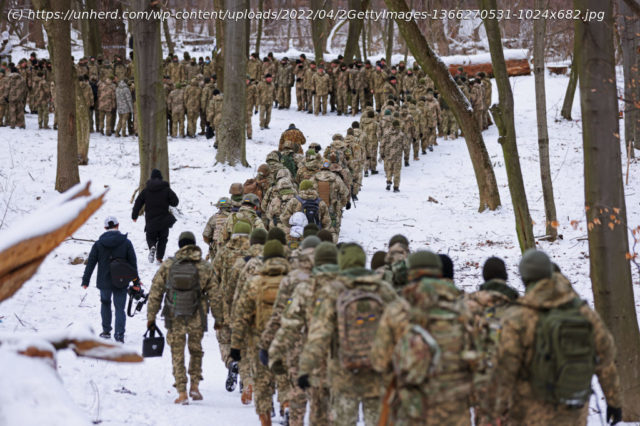Putin will never accept defeat
Professor Edward Luttwak is a strategist and historian known for his works on grand strategy, geoeconomics, military history, and international relations. April 26, 2022 On August 20, 1968, I happened to be in Prague when Czechoslovakia was simultaneously invaded from East Germany, Hungary, Poland and western Ukraine by more than 800,000 Warsaw Pact troops making any resistance futile. By contrast, on February 23 this year, the day before Putin launched his invasion of a country more than four times as big as Czechoslovakia, Russian field forces numbered fewer than 140,000, a figure that included field dentists and the like. Even before the invasion was launched, it was already clear that the Russians had made an elementary military mistake: their generals, just like their American counterparts, were intoxicated by the techy verbiage of “Fourth Generation”, “post-modern information”, and “hybrid” warfare. Hoping to mimic their effectiveness in war games, cyberwar attacks and social-media disinformation were to be artfully combined with precision missile strikes to paralyse the Ukrainian resistance. Hidden in all this was another delusion: that fighting the Ukrainians would be no different than fighting the sectarians the Russian officers had encountered in Syria and Libya. This view was also shared by the US intelligence community, which was so impressed by the Russian plan that it had frightened the White House into evacuating its diplomats, dissuaded any last-minute airlift of weapons as futile, and prepared to evacuate Zelensky. That the same intelligence officials are still in charge is unfortunate, for it appears they are again failing to report accurately what is happening in this war — even though an elementary analysis of published information is quite sufficient to reveal what is going wrong. In short, increasingly uncontrollable escalation processes are underway, bringing closer the danger that the Kremlin might even perhaps consider detonating a nuclear weapon to stop the downward spiral of its loss of power and authority. Early on, the Biden Administration acted with great clarity when rejecting demands for a “no-fly zone” over Ukraine. From the President down, officials pointed out that in the absence of enough surface-to-air missile batteries which would take years to deploy, the only way of protecting Ukraine’s airspace was to patrol it with US fighters ready to shoot down intruders, thus initiating direct US-Russian combat that would breach the strongest barrier to nuclear escalation. There is no such clarity now. When the Ukrainians deployed locally manufactured R-360 Neptune anti-ship missiles to help protect Odessa from amphibious landings that seemed imminent, they did not institute command-and-control arrangements that would subordinate the local battery commander to headquarters in Kyiv. Instead, identified Russian warships were to be engaged without further ado, since any hesitation could be fatal in the context of an amphibious assault that would certainly be accompanied by aerial bombing and missile strikes. By David Patrikarakos As it happened, the imminent threat of an amphibious landing came and went, but the arrangement that cut out Kyiv HQ remained in place.






